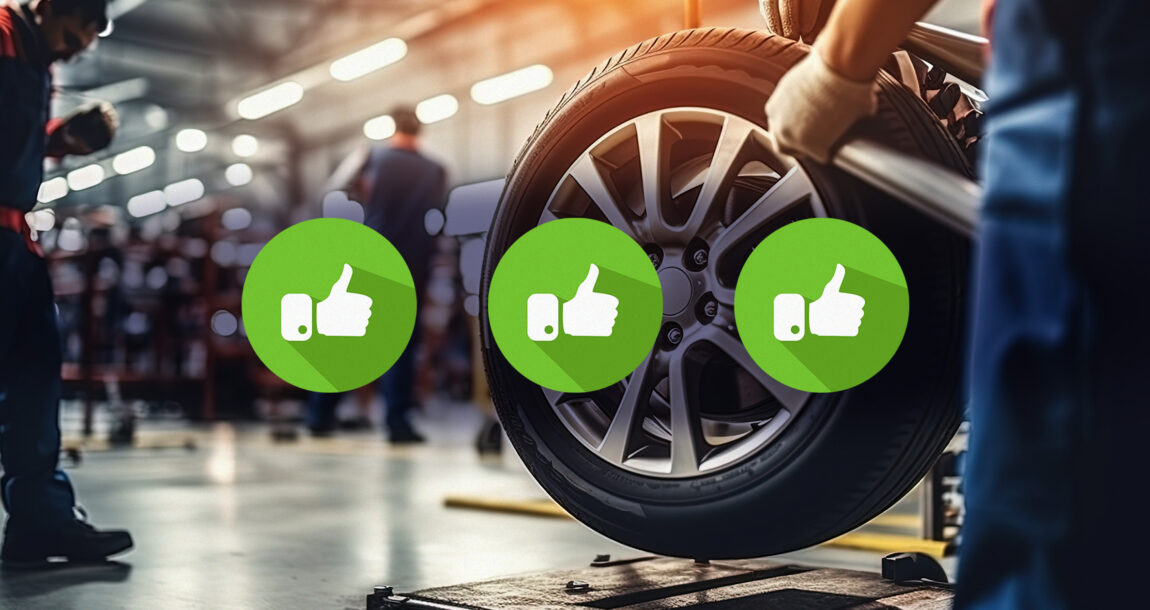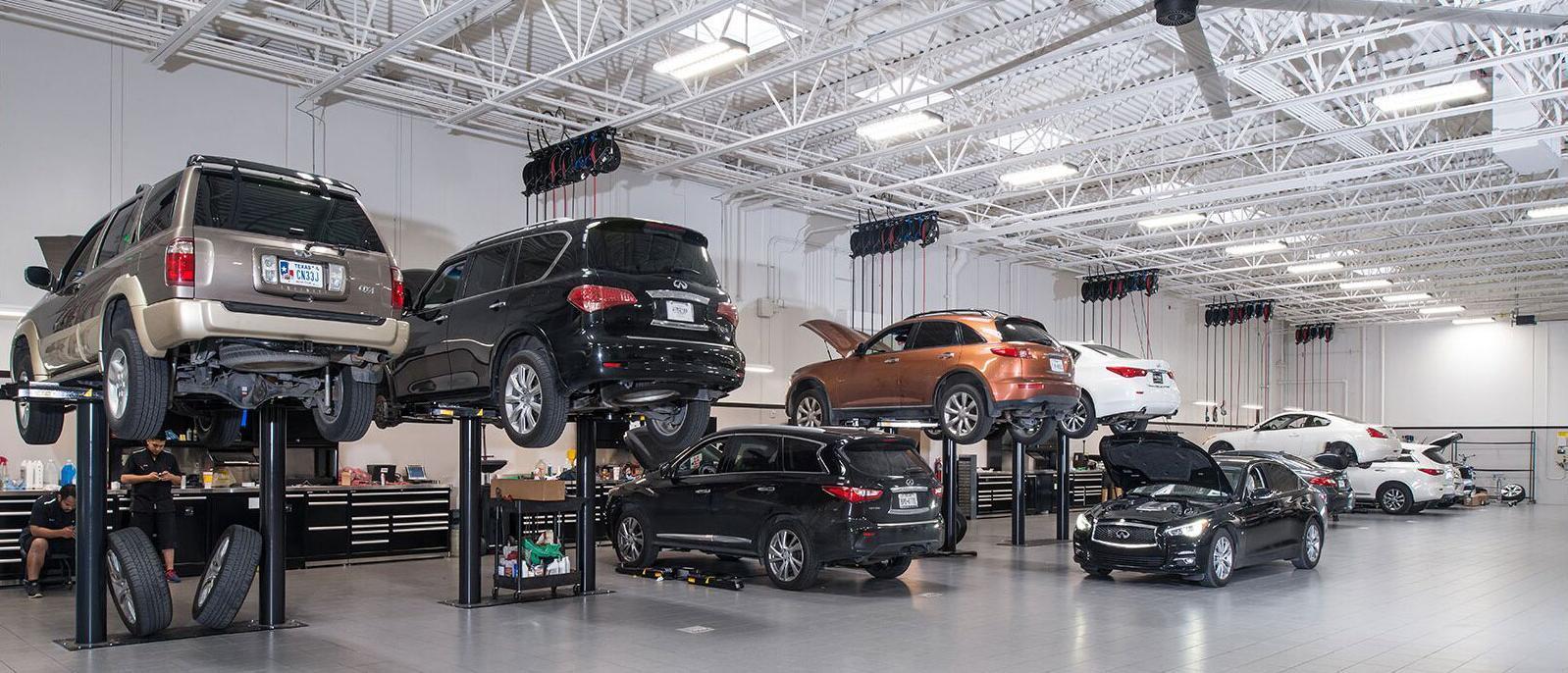All Categories
Featured

When it comes to automobile repairs or upgrades, one of the most important decisions you'll face is whether to pick Original Equipment Producer (OEM) parts or aftermarket components. Both options offer unique advantages and drawbacks, so comprehending the distinctions in between them is vital for making a notified choice. In this short article, we'll discover the benefits and limitations of OEM and aftermarket components to aid you decide which is ideal fit for your automobile.
What Are OEM Components? OEM components are produced by the same maker that made the initial elements in your lorry. These parts are created to meet the specific specs of your car, ensuring they are an exact fit and provide the very same performance as the parts that came with the car when it was initial constructed. OEM parts are commonly taken into consideration the "factory requirement" due to the fact that they come directly from the cars and truck's manufacturer or a qualified distributor.

One of the main benefits of using OEM components is their ensured quality. Given that these components are made to the same standards as the originals, they typically supply an excellent fit and trustworthy efficiency. Additionally, lots of OEM parts come with a service warranty, offering you satisfaction that you'll be shielded in situation of issues.
What Are Aftermarket Components? Aftermarket components are made by third-party makers that are not connected with your lorry's original maker. These components are created to fit a vast selection of vehicles and are usually more economical than OEM components. Aftermarket components can be made use of for regular fixings or upgrades, and they often offer a wider array of options contrasted to OEM components.

Additionally, aftermarket parts might supply much better efficiency or additional features not available in OEM choices. Aftermarket exhaust systems, brake pads, and suspension elements frequently supply enhancements in performance or aesthetics that might not be discovered in OEM components.
Advantages of OEM Parts. Precision and Compatibility: OEM parts are developed especially for your lorry's make and design, ensuring they fit completely and do to the exact requirements needed. Warranty Protection: Many OEM components come with warranties, using coverage in instance of flaws or premature failure. Quality Guarantee: Since OEM components are made by the initial producer, they go through the very same strenuous quality assurance requirements as the components installed in your lorry when it was very first developed. Resale Value: If you plan to sell your car, having OEM components can aid keep its resale worth, as possible customers might be a lot more interested in a vehicle that has been repaired with original elements. Benefits of Aftermarket Components. Cost Cost savings: Aftermarket parts are usually cheaper than OEM parts, which can be a significant benefit if you get on a spending plan or wish to conserve cash on repairs. Variety and Personalization: Aftermarket components give a bigger variety of options, including performance upgrades and aesthetic enhancements. If you want to enhance horsepower or improve your vehicle's look, aftermarket choices can provide unique solutions. Availability: Aftermarket parts are often simpler to discover than OEM parts, specifically for older cars that may no more have conveniently offered OEM components. Performance Improvements: Some aftermarket components are made with efficiency in mind, such as high-performance brakes, air filters, or exhaust systems. These components can improve your car's general efficiency and driving experience. Downsides of OEM Parts. Greater Cost: The most significant downside to OEM parts is their price. They are typically extra expensive than aftermarket options, which can add up promptly if your car needs numerous repair services. Limited Modification: OEM parts are made to recover your vehicle to its initial requirements, implying they might not offer the very same array of customization choices as aftermarket parts. Availability Issues: Depending on the age of your lorry, particular OEM parts might be harder to locate or terminated, making fixings more difficult. Disadvantages of Aftermarket Components. Irregular Top quality: While many aftermarket parts are of top quality, others may be poorly made or lack the longevity of OEM components. It is essential to research the manufacturer and review evaluations to ensure the quality of the component you're taking into consideration. Fitment Troubles: Aftermarket components are made to fit a large range of cars, but they might not constantly offer the best fit that OEM parts ensure. This can bring about installation concerns or suboptimal efficiency. No Guaranteed Guarantee: While some aftermarket parts come with guarantees, they may not be as extensive or durable as those provided by OEM parts. Sometimes, making use of aftermarket components might additionally influence your automobile's service warranty protection if it's still active. Exactly how to Choose Between OEM and Aftermarket Parts. The decision between OEM and aftermarket components inevitably depends upon your particular requirements, preferences, and budget plan. Below are a few considerations to assist direct your option:
Budget: If conserving cash is a priority, aftermarket parts are generally the much more cost effective alternative. Nevertheless, know that more affordable parts might not last as long as OEM parts, which could lead to higher costs down the road. Automobile Age and Problem: For more recent cars, specifically those under guarantee, it's typically an excellent concept to select OEM components to keep the cars and truck's integrity and protect its resale value. For older autos, aftermarket parts may be more practical, specifically if the car is no more under warranty or if you're attempting to extend its life-span with cost-efficient services. Repair Service Type: Specific critical repair services, especially those related to security (brakes, air bags, and so on), are best managed with OEM components to make sure the highest degree of security and performance. For non-essential repair work or alterations, aftermarket parts can supply an excellent equilibrium of top quality and affordability. Performance and Personalization: If you're seeking efficiency upgrades or distinct personalization options, aftermarket components may be the ideal selection. Numerous aftermarket suppliers design components especially for enhancing your vehicle's capacities, whether it's for far better performance or aesthetics. Final thought. Both OEM and aftermarket components have their pros and cons, and the best selection depends on your certain needs and priorities. OEM parts are perfect for maintaining the original high quality and efficiency of your car, while aftermarket components offer price savings, personalization choices, and a more comprehensive variety of choices.
Latest Posts
Exactly How to Select the Right Furnishings for a Small Living Area
Published Jan 09, 25
0 min read
Ageless Gates Style
Published Jan 09, 25
0 min read
2025’s Hottest Bathroom Remodeling Trends in Metro Detroit
Published Jan 09, 25
2 min read